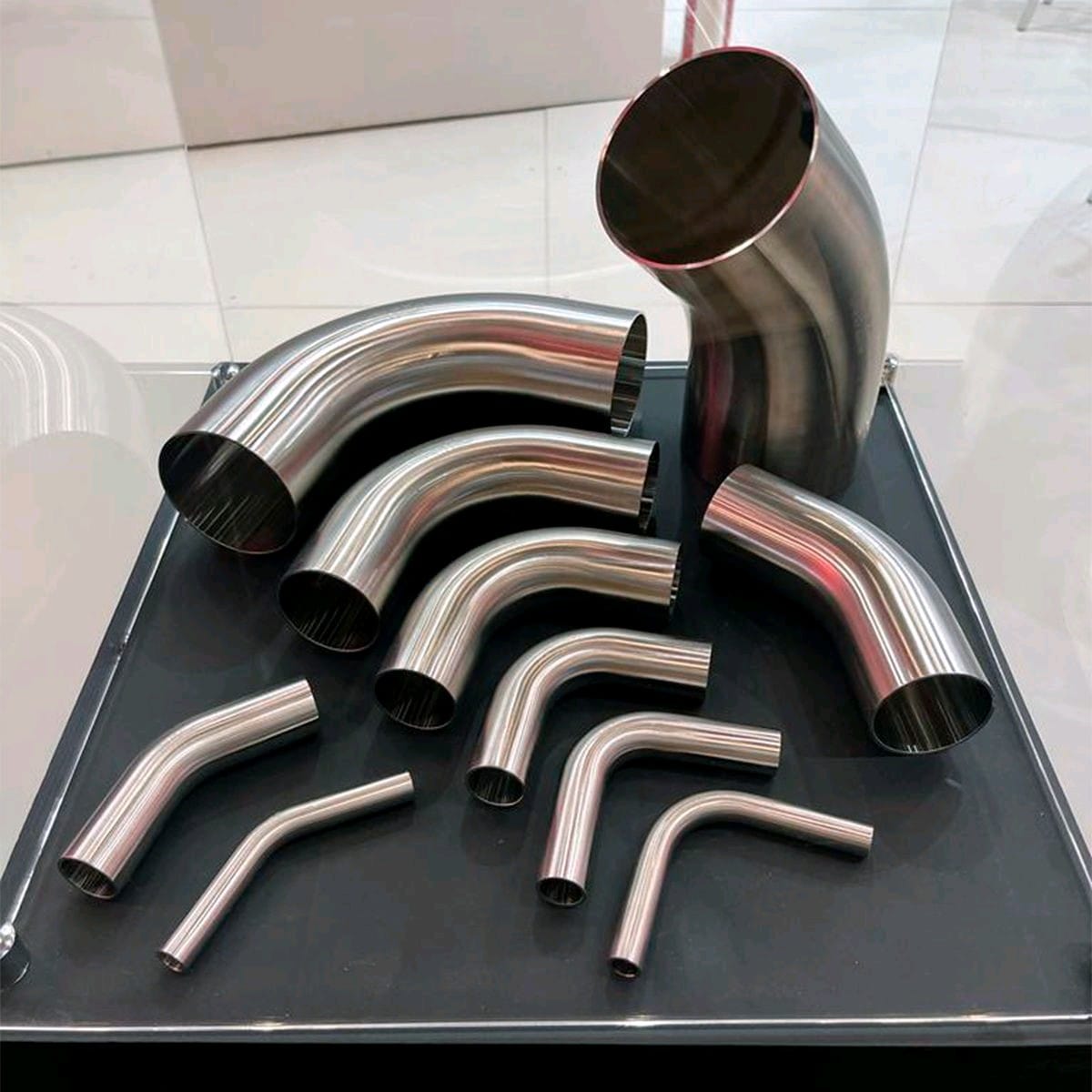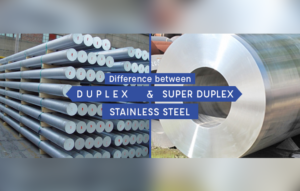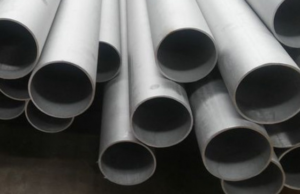What Are Baffles? Complete Guide to Their Use in Industrial and Sanitary Systems
Baffles are internal components used in piping systems, tanks, and heat exchangers to direct or obstruct fluid flow. Though often overlooked, they play a crucial role in increasing efficiency, improving heat transfer, and supporting the mechanical structure of equipment.
Whether you’re designing a mixing tank, building a shell-and-tube heat exchanger, or setting up a pharmaceutical processing line, choosing the right baffle configuration can make a significant difference in performance and reliability.
Definition of a Baffle
A baffle is a flat or curved plate that is installed inside tanks, piping systems, or vessels to control fluid flow. Baffles are commonly used to prevent dead zones, increase turbulence, and enhance mixing or heat exchange.
In heat exchangers, for example, baffles force the fluid to move across the tubes multiple times rather than in a straight path, which improves heat transfer. In tanks, they break up flow patterns and stop vortex formation during mixing.
Primary Functions of Baffles
Baffles serve a wide range of purposes in process equipment:
-
Flow Direction: Baffles guide fluids along a controlled path, increasing contact with heat exchange surfaces or agitators.
-
Heat Transfer Efficiency: By promoting turbulence, baffles improve thermal conductivity in heat exchangers and jacketed tanks.
-
Mixing Enhancement: In stirred tanks, baffles eliminate swirling motion and ensure uniform blending of contents.
-
Prevent Sedimentation: Baffles reduce stagnation points where solids or biofilms could settle, improving hygiene in sanitary systems.
-
Structural Support: In some equipment, baffles add mechanical stability by supporting tubes or internal components.
Types of Baffles
Several types of baffles are used in various systems, depending on the application:
Segmental Baffles
These are semi-circular or segment-shaped plates often used in shell-and-tube heat exchangers. They create a zig-zag flow pattern that improves heat transfer.
Longitudinal Baffles
Used to divide the shell side of a heat exchanger into multiple passes. They are common in multi-pass designs and help in optimizing thermal performance.
Helical Baffles
These are spiral-shaped and promote continuous, low-pressure-drop flow. Helical baffles are ideal where you need to reduce vibration or pressure loss.
Disk and Doughnut Baffles
Used alternately inside the shell, this design creates a more uniform flow distribution and is beneficial in specific thermal exchange applications.
Orifice Baffles
These have holes to allow partial flow-through and are useful for reducing pressure drop without sacrificing directional flow control.
Tank Baffles
In mixing tanks, vertical baffles are mounted along the tank wall. They prevent vortex formation and improve mixing, especially in sanitary and pharmaceutical applications.
Applications of Baffles Across Industries
Baffles are essential in industries where process control, cleanliness, and energy efficiency are critical.
Pharmaceutical Industry
In pharma tanks, baffles ensure uniform mixing of compounds and prevent swirling during agitation. They are also used in CIP (Clean-In-Place) systems to ensure complete fluid coverage during cleaning.
Dairy and Food Processing
Baffles help maintain hygienic conditions by eliminating dead zones where bacteria could grow. In jacketed tanks, they enhance heating and cooling efficiency during processes like pasteurization or fermentation.
Chemical and Industrial Plants
In shell-and-tube heat exchangers, baffles increase thermal efficiency and reduce the risk of tube vibration. They are also used in reactors and vessels to support complex flow requirements.
Common Baffle Materials
Baffles are usually made from the same material as the vessel or system they are installed in. Common materials include:
-
316 Stainless Steel: Ideal for sanitary and corrosive environments such as dairy or pharmaceutical systems.
-
304 Stainless Steel: Used in less aggressive environments where corrosion resistance is still necessary.
-
Carbon Steel: Common in industrial systems where corrosion is not a major concern.
-
Plastic or Polypropylene: Suitable for lightweight chemical tanks or when metal is not compatible with the stored substance.
-
PTFE-lined Steel: Offers chemical resistance in corrosive process conditions.
Design Standards and Recommendations
Baffles in heat exchangers are typically designed following TEMA (Tubular Exchanger Manufacturers Association) guidelines. For pressure vessels and sanitary tanks, ASME BPVC (Boiler and Pressure Vessel Code) and DIN/ISO standards may apply.
In mixing tanks:
-
Baffle width is usually 1/10 to 1/12 of the tank’s diameter.
-
Tanks typically include three or four baffles, spaced evenly around the wall.
In heat exchangers:
-
Baffle spacing is usually 20–40% of the shell diameter for effective flow control and heat transfer.
Baffles vs. No Baffles: Why It Matters
Including baffles in your equipment design can significantly affect performance. Without baffles, fluid tends to follow a straight path or create swirling motions, reducing mixing efficiency and thermal contact. Baffles introduce turbulence, ensuring that the entire fluid volume participates in heat transfer or mixing.
For sanitary systems, the absence of baffles may create dead zones where fluids can stagnate, leading to contamination risks.
Internal Linking Strategy (for SEO and User Experience)
To support SEO and guide users to related topics, consider adding the following internal links in your blog content:
| Anchor Text | Internal Page URL |
|---|---|
| Shell and Tube Heat Exchanger | /stainless-steel-heat-exchanger-tube |
| Stainless Steel Tank | /sanitary-pipe-fittings |
| 316L Stainless Steel | /316-stainless-steel |
| CIP System for Dairy | /dairy-valves |
| Socket Weld vs. Butt Weld | /socket-weld-vs-butt-weld |
| Mixing Tank Accessories | /buttweld-pipe-fittings |
| Industrial Valves and Fittings | /types-of-steel-valves |
Adding these links helps reduce bounce rate, increase page views, and improve the relevance of your site in search engine results.
Final Thoughts
Baffles are a small but powerful component in the design of efficient piping systems, tanks, and heat exchangers. They help control flow, boost thermal performance, and maintain hygienic conditions—especially important in the dairy, food, and pharmaceutical sectors.
At Mahadev Dairy Pharma Fittings, we manufacture custom stainless steel baffles and fittings designed to meet the highest industry standards. Whether you’re building a pharmaceutical tank or upgrading a heat exchanger, our components are precision-engineered for long-term performance and compliance.
Related Blogs
In the fast-paced world of pharmaceutical manufacturing and dairy processing, ensuring the highest quality and compliance in your operations is non-negotiable. That’s …
At Mahadev Dairy Pharma Fitting, we specialize in offering premium-grade hygienic flow control solutions tailored for the pharmaceutical, dairy, and food & …
About Mahadev Dairy Pharma Fitting Mahadev Dairy Pharma Fitting has established itself as a trusted stainless steel sanitary valves supplier in India …
When it comes to the dairy and pharmaceutical industries, choosing the right tube fittings is essential for maintaining product safety and operational …




